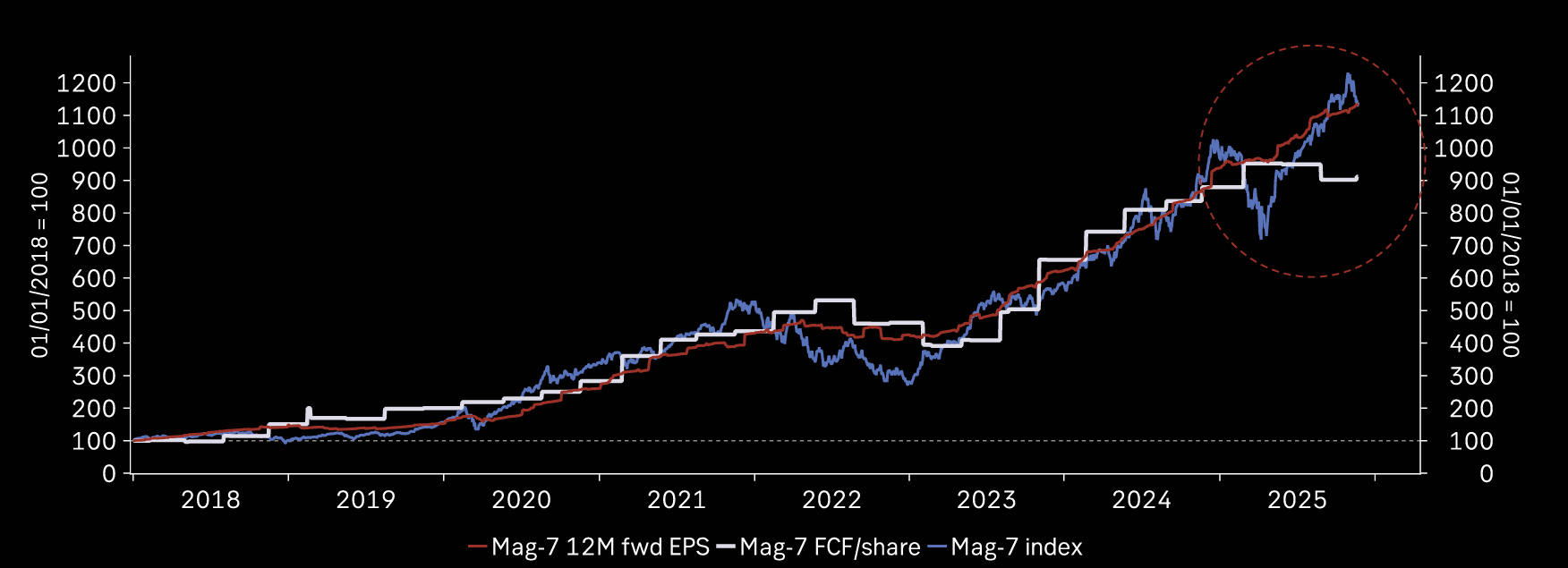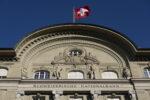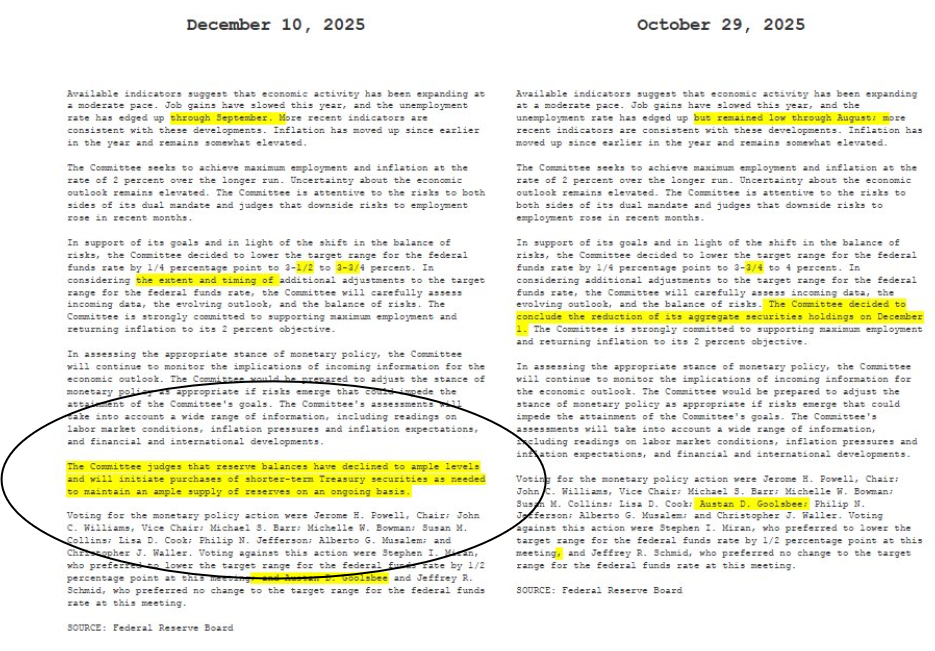The US dollar remains firm, even if it has eased from its seven-month high against the euro and five-year high against the Swiss franc recorded yesterday. The US October personal consumption expenditure was disappointing, and prompted some downward revision to Q4 GDP forecasts. The Atlanta Fed estimates that Q4 GDP is tracking 1.8% rather than 2.3%. However, it is not seen deterring the Federal Reserve from hiking rates next month. The decline in the weekly jobless claims, the rise in the flash service (Markit) PMI), and better durable goods orders helped mitigate the impact.
More immediately the focus is squarely on the likely ECB action next week. The pickup in money supply growth and lending reported today is unlikely to impact next week's decision. M3 growth re-accelerated in October after a soft September. The 5.3% year-over-year pace was more than expected after a 4.9% pace previously. Lending to the private sector rose to 0.8% from 0.4%. This reflected improvement in lending to non-financial businesses (0.6% year-over-year) while the 1.2% increase in lending to households was sustained.
The euro fell to almost $1.0565 yesterday before quickly bouncing back above $1.06. Short-term participants seem to recognize the large positions that have been established, and appear to be quick to take some profits when seeing new lows. However, bounces are shallow and now seem limited to the $1.0640-$1.0660 area.
The Reserve Bank of Australia meets next week too. The dreadful capex figures released earlier today sparked some talk that the RBA could deliver another rate cut, but this is a volatile series and given Governor Stevens recent comments, a rate cut early next year seems more likely. Capex in Q3 collapsed a record (since 1989) 9.2%. The consensus was for a 2.9% decline. The Q2 figure was revised down to -4.4% from -4.0%. Within the data, the RBA is likely to find some comfort in the transition that is underway. Investment in the mining sector fell 10.4% while manufacturing investment rose by nearly 7%.
The Australian dollar was sold on the disappointing news, and off 0.5% it is the weakest of the majors today. Its 0.3% rise over the past five session keeps it at the top of the performance table against the greenback. Still, the adjustment is not over. A break of $0.7200 could see a move toward $0.7150 before the weekend.
Sterling cannot get out of its own way. It is the weakest of the major currencies over the past five sessions, and today it is the second weakest behind the Aussie. A break of $1.5055 could spur a test on the $1.50 area before the weekend. The market is adjusting to a less restrictive policy mix. The market continues to push out the BOE's first hike and the implied interest rate on the December 2016 short-sterling contract continues to fall. The UK’s Autumn Statement surprised many in that fiscal policy is not as austere as the political rhetoric had led many to expect.
The government will rely more on tax increases than spending cuts. Of note, the GBP4.4 bln tax credits which now will be maintained. The tax on buy-to-let properties and second homes will be increased by 3%, which is thought to bring GBP21 bln by 2021. The government has retained its goal for a GBP10 bln surplus by the end of the Parliament in 2020. This was helped by a number of economic assumptions, including that the BOE will continue to return the interest on the GBP375 bln of gilts that it holds. This lowers the government's net debt servicing costs.
Tags:









































